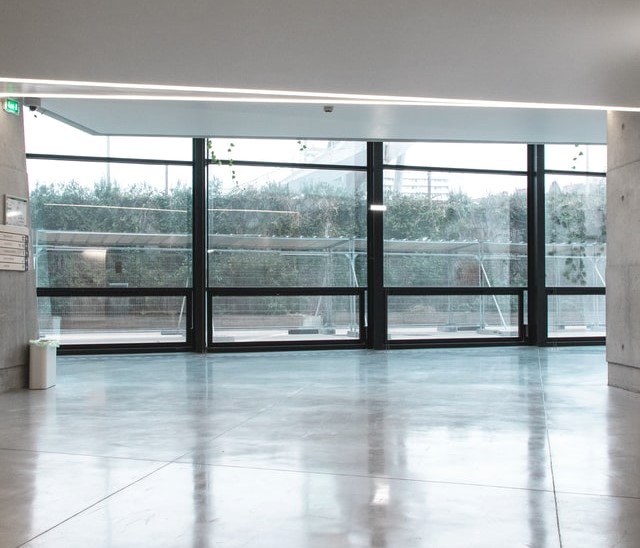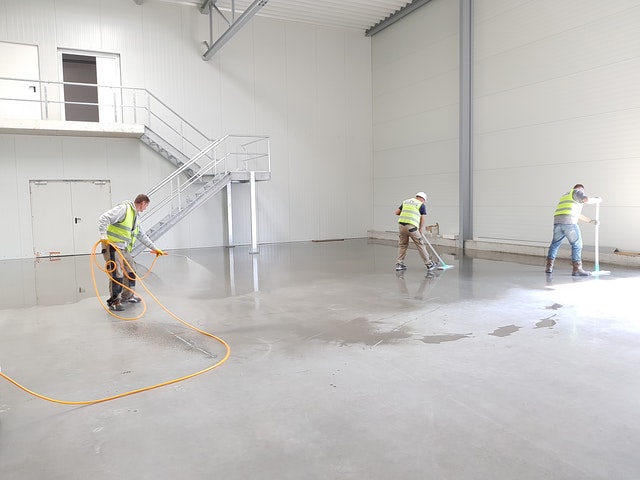Creative work on concrete requires special tools and depending on the level of hardness, they can vary a lot. Given the hardened surface that concrete has, it typically requires a process called sandblasting to add design and texture to it. We are sharing everything that goes into the concrete sandblasting process here, so keep reading if you are looking to get into this work or just want to get it done for yourself.
What Are the Equipment Requirements?
As the name concrete sandblasting suggests, the process involves blasting sand particles at high speed onto the concrete surface to create the desired cuts and form the intended texture on it. This requires a high level of precision, so the sand is blasted through tiny nozzles onto the concrete surface.
The key point here is that one may require a different depth of cuts when concrete sandblasting and the deeper you go, the different the equipment gets. While you could explore brands and materials on this, the basic thing to remember is that the deeper the cut, the higher the pressure requirement will be. To deal with that pressure, different designs are used with different materials to address durability and cost.
Best Timing for Concrete Sandblasting
This question is based entirely on the management of economies related to the process. To make the process as cheap as possible, the best time to do this is within 72 hours of the concrete being cast. This is the time when the concrete is not too rigid to require high pressure and also not too soft to not form a clear pattern. Of course, that may not always be the best option depending on how large the project is, the kind of weather conditions involved, and the availability of equipment and vendors.
Important Steps in the Sandblasting Process

There are quite a few steps that must be followed when sandblasting any concrete surface and these are as follows:
- Clear the area of anything that may be at risk of damage from flying sand particles. You can either remove everything from the area or close off the part where you intend to perform concrete sandblasting.
- Make sure there is sufficient ventilation if you are working in a closed-off area. The dust created by the process is immense and can be harmful for people, if not cleared simultaneously.
- Safety equipment for workers is a must to prevent getting hit by particles and inhaling dust. Typically, this includes safety goggles, full-body suits, and respirator masks.
- If a specific stencil is being used to create the design, the stencil would need to be fixed into place prior to the blasting process.
- Always start the concrete sandblasting process at the lowest pressure and then raise slowly until the desired level is reached.
- Sweeping motion is used when blasting and for difficult points, short bursts are recommended.
Advantages
There are quite a few benefits of using concrete sandblasting for texture and design formation. Not only is this process highly efficient, but it happens to be one of the most cost-effective methods as well. In fact, in the right hands, this method can even provide a much better result when compared to other options for designing and texture formation on concrete. With a strong cutting power and stencils, it also happens to be the fastest method available.
Conclusion
There is no doubt that concrete sandblasting is a brilliant process that can help people make their concrete structures look beautiful in many ways. To make it successful, it is extremely important to use the right equipment and follow key procedures involved in it to the letter.


